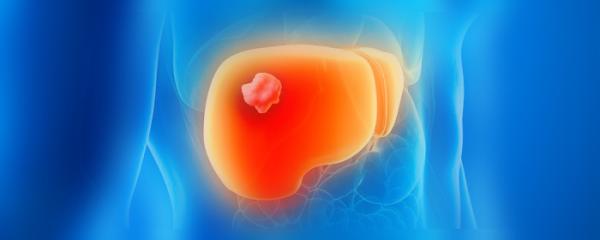Reduce your chances of getting Liver Cancer (HCC)

A cancer that starts in the liver is called primary liver cancer. There is more than one kind of primary liver cancer, of which, HCC (Hepatocellular cancer) is one of the most common forms of liver cancer in adults.
Liver cancer is a deadly disease that has been a growing problem even with the launch of new antiviral medications for hepatitis. The American Cancer Society’s estimates for primary liver cancer and intrahepatic bile duct cancer in the United States for 2017 are:
- About 40,710 new cases (29,200 in men and 11,510 in women) will be diagnosed
- About 28,920 people (19,610 men and 9,310 women) will die of these cancers
The number of liver cancer incidence has more than tripled since 1980, and liver cancer death rates have increased by almost 3% per year since 2000. Liver cancer is also a leading cause of cancer deaths worldwide, accounting for more than 600,000 deaths each year.
The most effective way to reduce the worldwide burden of liver cancer is to prevent it from happening in the first place. But clearly, there is not enough work in the prevention of liver cancer.
People who are at high risks
Currently, there are little effective solutions. Some scientists believe vaccinations and treatment of hepatitis could help to reduce the number of liver cancer. But otherwise, even with these measures being carried out, many liver patients would still be at high risks of getting liver cancer, such as:
- people who treated/ cured hepatitis C, but yet has liver damage,
- people with fibrosis or cirrhosis,
- people with fatty liver, NAFLD or NASH,
- People who use excessive alcohol, etc.
Researcher found aggressive liver cancer growth after successful hepatitis C (Direct Acting Antiviral) treatment.
View the comments section by hep C patients in this article.
Prevention, Prevention, Prevention
Liver cancer; it is much easier for high risks patients to take prevention against it, than to treatment. If the liver cancer does occur, it will lead to the expensive and painful treatment process and could be life-threatening.
A research study published in the Annals of Hepatology look into how the natural compound; YHK can protect the liver against hepatoma cells develop and reduce risks. The research on HepG2 human hepatoma cells found in the YHK-treated cultures showed a significant decrease of the proliferation rate of HepG2 cell (liver cancer cells) growth, and also showed in vitro to significantly enhance the oxidative stress of HepG2 cell.
These data suggest that YHK seem to modulate the extrinsic and intrinsic regulators of apoptosis and sensitize tumour cells to apoptosis.
“These data are encouraging when considering that YHK has been shown in cells and human to exert a protective anti-tumour effect by redox status- modulating and immuno-regulatory actions.”
Also, given its lack of toxicity so far reported, such natural product might represent an effective nutritional supplement in a number of pathological conditions.
How to use YHK therapy to prevent liver cancer?
YHK is clinically proven in recovering liver cells, improve liver function and reverse fibrosis tissues.
- For patients with damage liver and high ALT level or fibrosis, they can use 6 YHK tablets per day to recover liver health and prevent liver cancer.
- For patients with normal liver function and no fibrosis or cirrhosis they can simply use 2-3 YHK tablets per day to help the liver reduce risks of liver cancer.
The lenght of use of YHK is also improtant. You can find out more information about how the dosage of YHK here.
- * All research and clinical data should be used as reference purposes only, results may vary.






